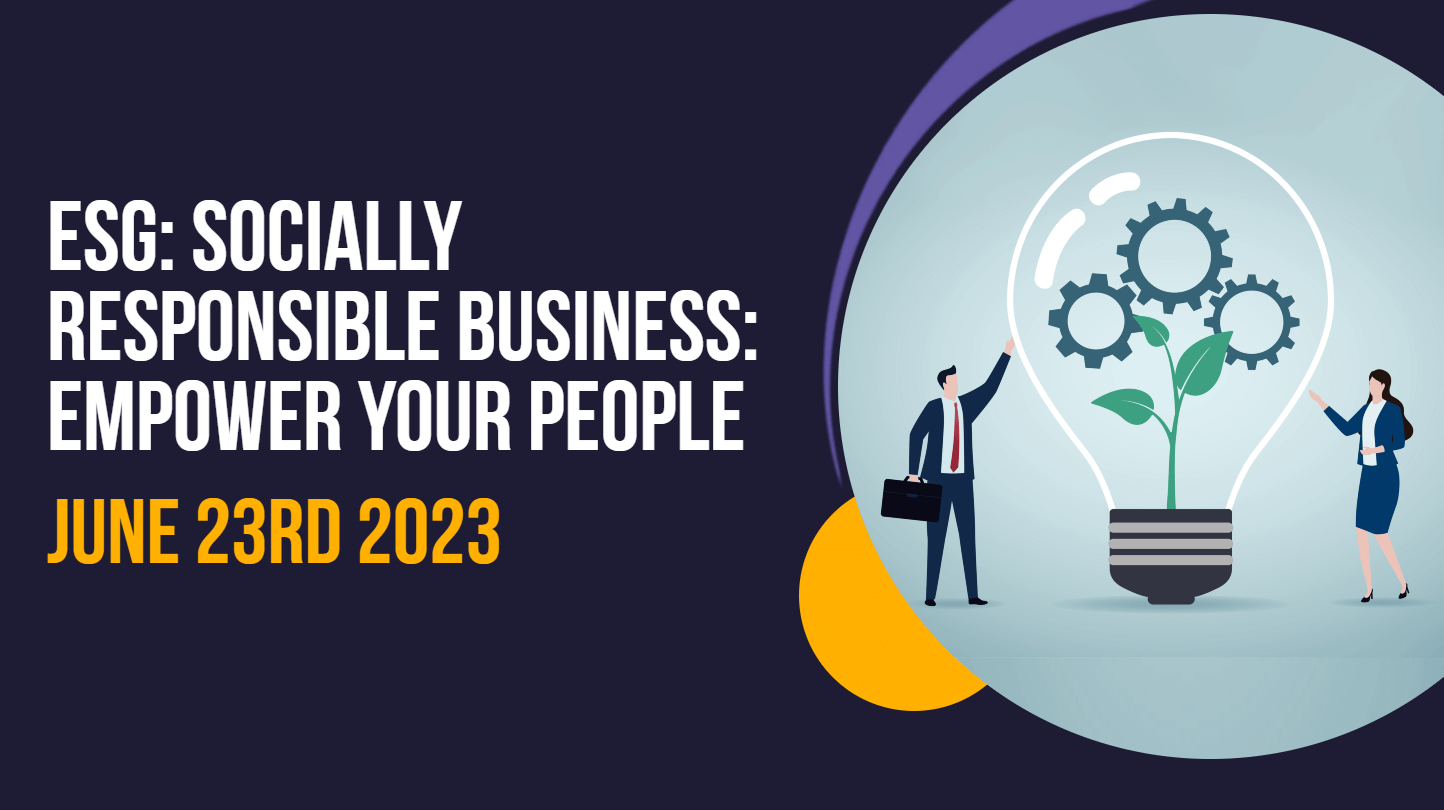
How employee engagement helped Cheylesmore Accountants move from a flat to a hierarchical structure
Cheylesmore Accountants has successfully grown to 14 employees since its inception, but their challenge is now how to transition from a flat to a hierarchical business structure.
Reading Time 7 minutes
Following his graduation from the University of Nottingham in 2009, Manny Rai lived between London and Birmingham and worked for financial mammoths KPMG, Goldman Sachs and Accenture. Manny accrued a wealth of accountancy knowledge and experience over the decade that followed, but always maintained the dream of starting his own company in the near future.
‘Starting my own business has always been a long-term aspiration of mine. Since I was young, I wanted to set up my own company and work for myself. It wasn’t a matter of if, it was when. There is nothing else like it, knowing that every decision you make directly impacts the success of the company, you get hooked. But I didn’t anticipate all the challenges that come with leadership and running your own business.’
The birth of Cheylesmore Accountants
Cheylesmore was initially set up as a part-time job with only a couple of clients that Rai would service outside of work hours. After a rocky start – with Rai’s first client going dark on him when it came time to pay – things started to get rolling, and Rai quickly realised that staff and time were needed to match the increasing number of clients he was winning.
Rai decided to leave the financial hubs of Birmingham and London and set up shop in Coventry, full time. It was shortly after this that he came across the Help to Grow: Management Course.
‘I saw it on LinkedIn back in 2021 and initially signed up as I thought it would be an opportunity to find new clients, but I quickly realised that the course was great… and the other SMEs had accountants already.
‘What the course helped me with mostly was my leadership. It made me realise that I’m supposed to be the captain of the ship, directing which way it should go, and finding new and better ways of getting there. I used to try and do all the work myself, but that just doesn’t work. You get lost and lose focus. Giving my employees the tools they need to succeed, and a space which they feel comfortable in, was also important.
Operational hardships
As word of mouth started to spread, and an invigorated marketing campaign began to yield results, Cheylesmore rapidly began to gain momentum. But with this expansion came growing pains.
‘All our growth ended up being organic. Ten clients quickly became 100. But it became a lot to handle, and the biggest concern was no longer how were we going to get new clients, but how could I effectively structure my company. We couldn’t handle the number of clients we had.’
Rai was now in a position where his first few staff members were doing everything. Staff were expected to do bookkeeping, end-of-year accounts, payroll, financial statements and budgeting, leaving them as jack of all trades but master of none. They were effectively being blown with the wind and unable to provide a specialist service. Manny knew this had to change.
Moving to a hierarchical structure
To manage the growth, Rai put into practice what he had learnt during the Employee Engagement and Leading Change module of the Help to Grow: Management Course. In particular, he revaluated how he could support his people through the transition curve to build an organisational structure that would help him implement the organisational change he needed to implement.
‘A flat structure was comfortable for us, we were all so intertwined in each other’s work, but it didn’t allow us to operate effectively. That’s just the economics of growth and scale. It was hard to manage processes for employee and structural development as you never really knew what was going on and I had little oversight
‘First of all, I created departments, or teams, within my organisation. Now each manager has their own speciality, and each has support staff underneath them to ensure we can deliver to a high standard, and critically scale the delivery of that service. Adopting this model has also enabled us to bring in younger employees as well as apprentices as we have processes in place to manage them. Previously I was only employing experienced staff who could hit the ground running because I didn’t have the support structure in place. This has widened the talent pool that we can recruit from, and means we are growing our own talent.
Nobody likes change
Productivity has since gone through the roof, but it has brought new challenges with it. In a flat structure, employees feel that they have complete oversight of everything that is happening. In a hierarchical organisation where there are managers and departments, employees can feel they are restrained due to too much focus on a particular process. This can create a disconnect and may end up reversing the productivity boost that the move was initially designed to achieve. This was something Rai was acutely aware of.
‘The biggest challenge was trying to explain to the team why a process they were very happy and comfortable with was changing. As we were going through a transitional phase, processes could change every six months. By the time the change was embedded and the employee had accepted that initial change, we were asking them to adapt again. It’s like I’m asking them to move house every six months.
‘I think people are naturally resistant to change. Part of my job is explaining to my staff why this thing I’m asking them to do, this thing they’re unhappy about doing, is good for the company.’
Rai emphasises that without a doubt the biggest key to his success during this transitional stage was communication. There are three ways in which he ensures that employees remain up to date and engaged with the CEO’s vision for the business.
- Senior management – as Manny got busier with organisational strategy, it became hard for him to keep his finger on the pulse of day-to-day activity. He recognised that his senior managers are above all else exceptional communicators. This allows them to act as sounding boards for Manny in addition to being confident that staff are being clearly communicated with about important decisions.
- One-to-ones – regardless of profession, these will appear in almost every employee’s calendar. But the quality of them varies wildly. Manny ensures one-to-ones are not only done with managers and the individuals within their departments but also monthly between himself and each employee. This is not a performance review but rather Manny giving his staff direct access to the CEO for 30 minutes.
- 15Five – this is a HR tool that encourages employee engagement. Once a week Manny will send out a seven-question pulse survey that allows staff to anonymously tell the CEO what they like and don’t like, what is frustrating them and what they want to see more of.
A better use of time
Rai argues that although continuous employee engagement may take up a lot of his time, it is time well spent as the rewards are worth more to his company than spending that time developing business which he leaves to others.
‘I think work would still get done if I didn’t do these things. But what would the quality of the work be? I don’t think it would be anywhere near as good. Small rumblings can turn into big problems if you don’t stay on top of them, and then spread throughout the company. And even if we can’t change the thing that’s bothering that employee, they at least deserve a platform to be heard, and I’m sure they’ll appreciate that too.
‘If I can get 10 to 20% more productivity out of my staff, it’s time well spent. And on top of that, I don’t think we could have changed the company structure like we did if we hadn’t invested time in our people. I think it will pay off in the long term too as staff retention will be easier. I won’t have to spend time and money finding good staff as I’ve developed the ones I have, and given them a reason to stay.’
Within the next year, Rai plans to double the company to 30 employees. The employee engagement processes that are already embedded in the company’s culture will then become even more critical to managing growth. By laying the foundations and vision of Cheylesmore now, Rai is ensuring that the business is on steady ground going into the future and will have the ability, and agility, to sustain and capitalise on growth opportunities.
Latest articles
Find Out More


Don’t forget, multiple participants can now join the course
Two leaders or senior managers from a business with 10 to 249 employees can now attend the 12 modules of learning and get the benefits of one-to-one mentorship.








